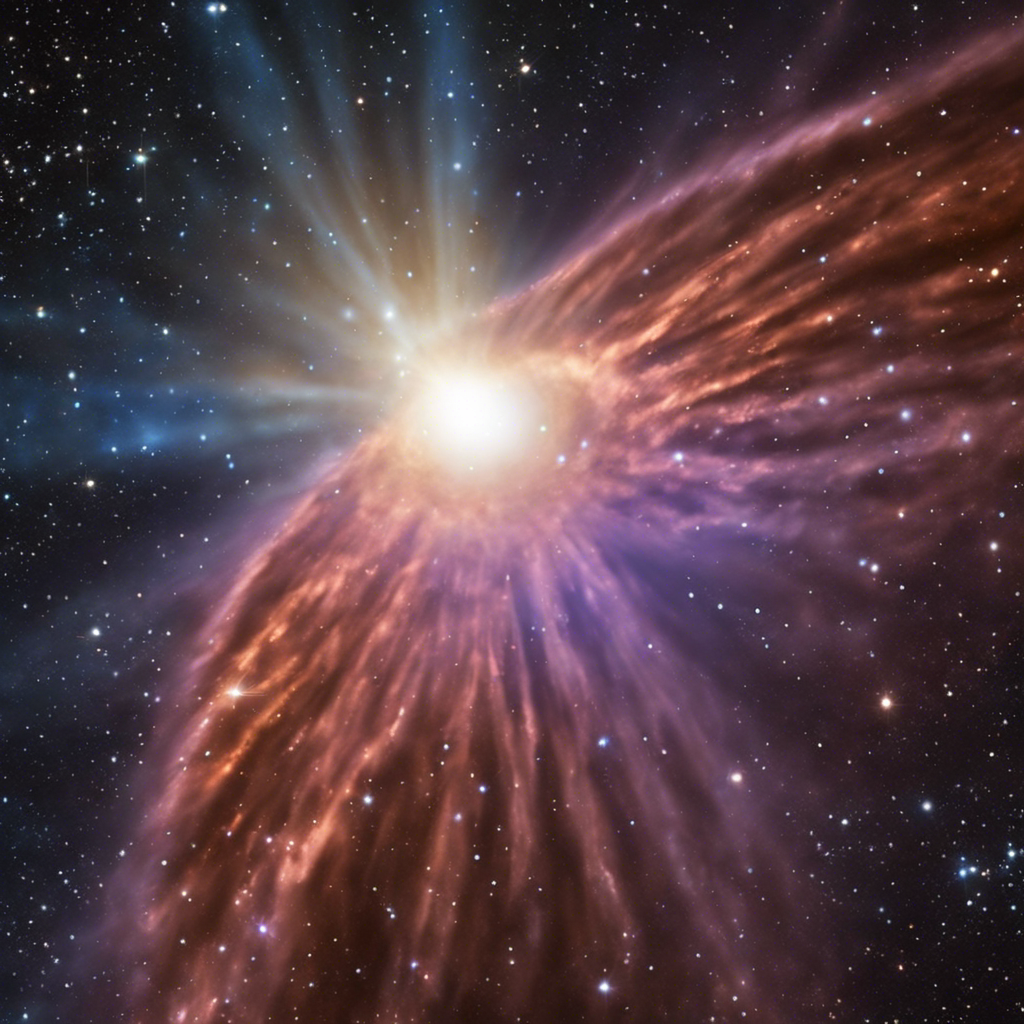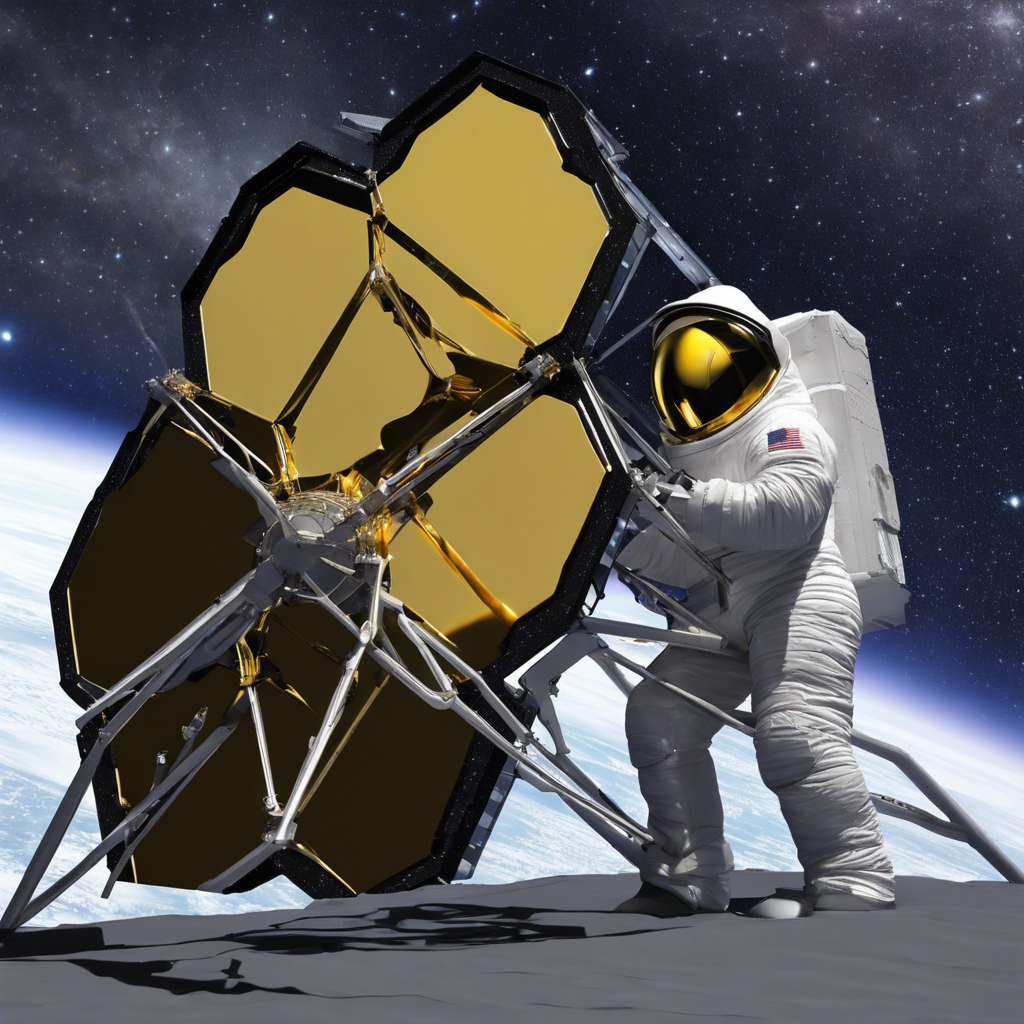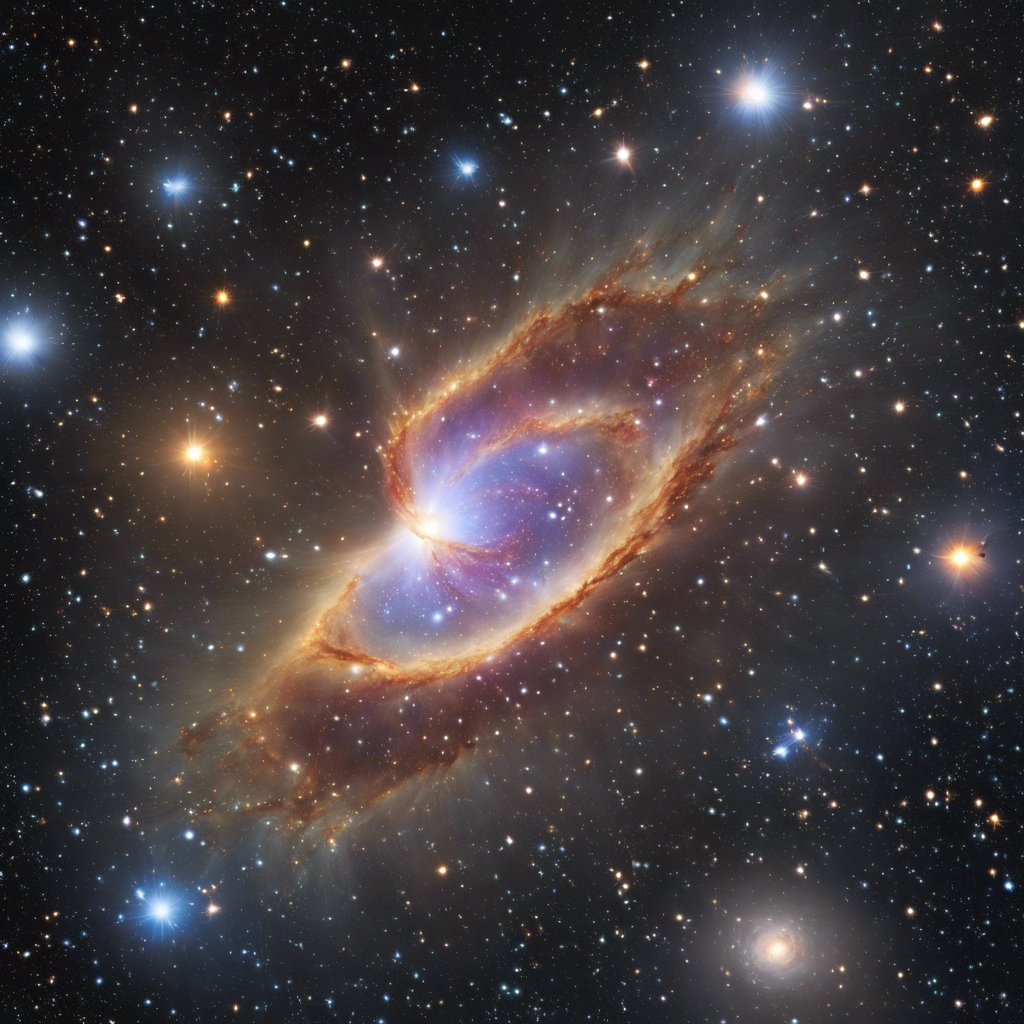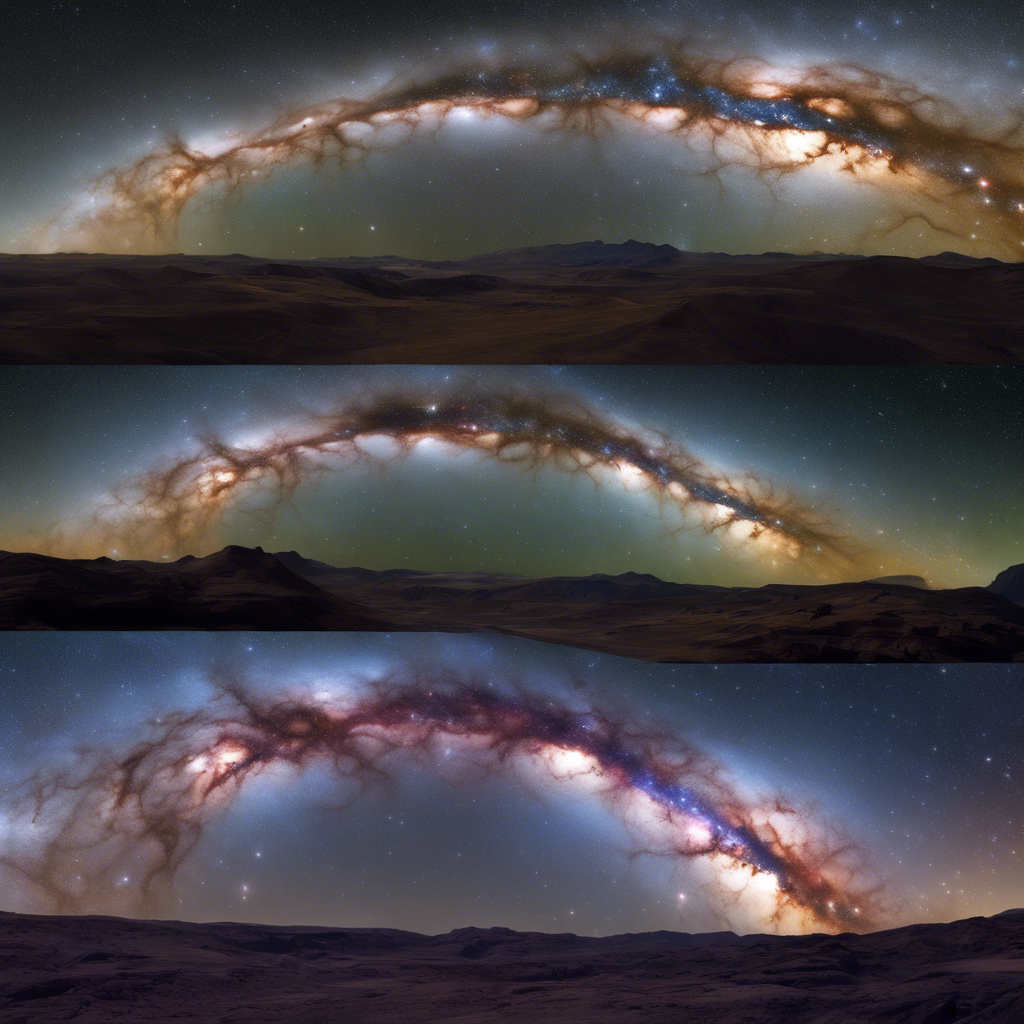Astronomers observe signs of a rotating disk of dust and gas around a star in the Large Magellanic Cloud, marking the first extragalactic star formation process ever observed.
Astronomers have made an extraordinary discovery by spotting the first-ever extended disk of dust and gas around a star in a galaxy beyond our own. This groundbreaking finding was made in the Large Magellanic Cloud, a dwarf galaxy located 179,000 light-years away from the Milky Way. While star formation processes are believed to be universal, this is the first time scientists have been able to directly observe the intricacies of these processes outside of our home galaxy.
The Importance of Star Formation Processes
Stars are formed from dense clumps within clouds of molecular gas and dust in interstellar space. As these clumps become denser, they collapse under gravity and start drawing in more material from the surrounding cloud. This material forms a disk around the protostar’s equator, gradually falling onto it in a controlled and steady stream. Once the star formation process is complete, the remaining disk material clumps together to form planets, asteroids, meteors, comets, and dust, creating a planetary system. This explains why the planets in our Solar System orbit the Sun in a flat plane.
Observing Stellar Disks in the Milky Way
The Atacama Large Millimeter/submillimeter Array (ALMA), a powerful radio telescope, has previously imaged numerous stellar disks in various stages of development within the Milky Way. These disks often exhibit clear gaps, which are believed to be caused by planets forming and clumping together as they orbit. However, the distance of extragalactic objects makes it challenging to resolve them even with advanced telescopes.
A Campaign to Find an Extragalactic Stellar Disk
Astronomer Anna McLeod of Durham University and her colleagues initiated a campaign to search for an extragalactic stellar disk after the Multi Unit Spectroscopic Explorer (MUSE) instrument on the Very Large Telescope detected signs of a jet in a system called HH 1177. These jets are characteristic of star formation, as some of the swirling material around a forming star is propelled along its magnetic field lines to the poles, where it is expelled into space.
Using ALMA to Detect Rotation
To identify the presence of a disk in the dusty heart of star formation, the researchers employed ALMA to look for signs of rotation. They observed how the wavelengths of light emitted by the source were shortened as it moved towards us and lengthened as it moved away. This frequency shift in light is similar to the change in pitch of an ambulance siren as it passes by.
Clear Signs of Rotation and Optical Visibility
The ALMA data revealed clear indications of rotation, suggesting that the star in HH 1177 is young and massive, still feeding from the surrounding disk. However, there was a notable difference between this extragalactic disk and protostellar disks found in the Milky Way. The HH 1177 disk was visible in optical wavelengths, which the researchers attribute to the lower amount of dust in the interstellar environment of the Large Magellanic Cloud. Consequently, the HH 1177 star is not as obscured by material as young, massive stars in the Milky Way typically are.
Implications for Studying Star Formation
This discovery holds significant importance for studying star formation in different environments and understanding the limitations these environments can impose on the process. The researchers highlighted the rapid technological advancements in astronomical facilities, enabling the study of star formation at incredible distances and in galaxies beyond our own.
Conclusion: The recent detection of an extended disk of dust and gas around a star in the Large Magellanic Cloud marks a groundbreaking milestone in astronomy. This first-ever observation of extragalactic star formation processes provides valuable insights into how stars form in different environments and the impact of these environments on the process. As technological advancements continue to push the boundaries of astronomical research, scientists are poised to uncover even more secrets of the universe beyond our own galaxy.











